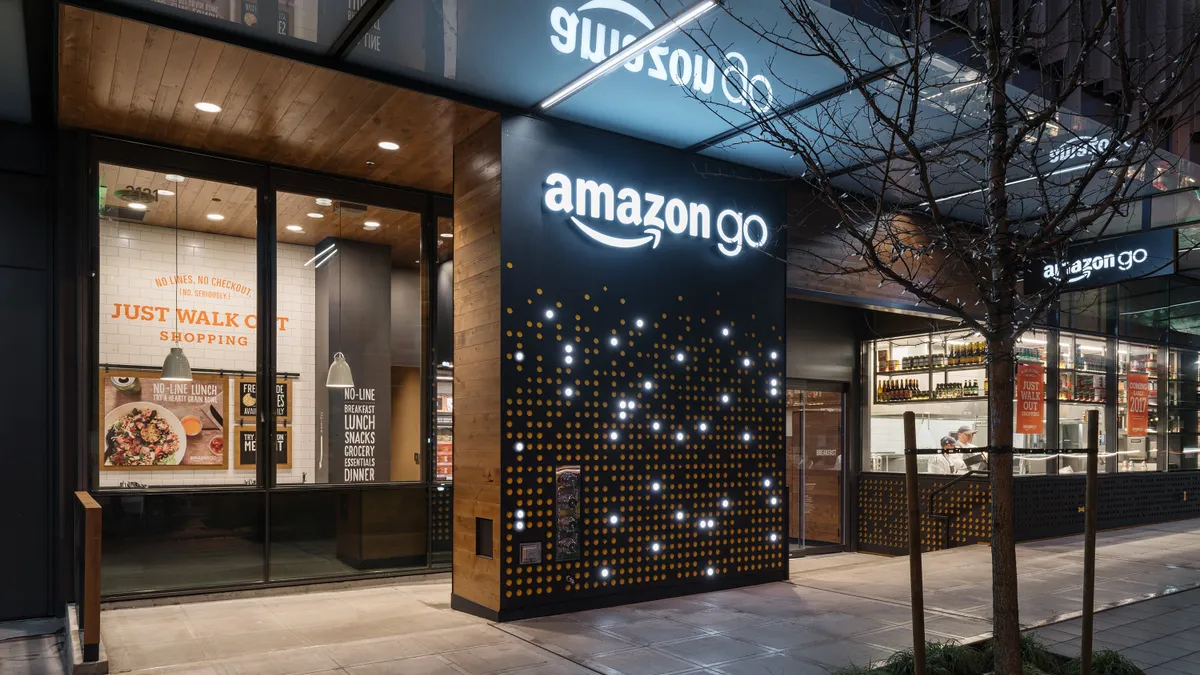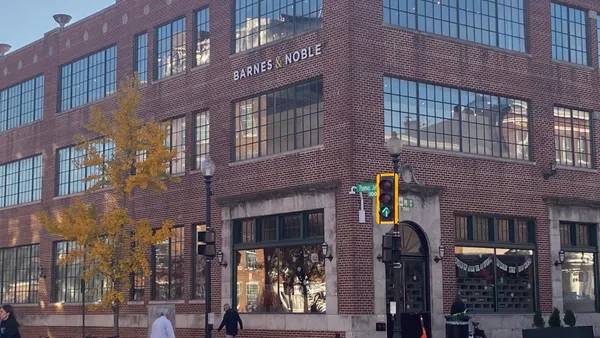This may be what “day two” at Amazon looks like.
Several analysts on Monday lowered their sales, profit and other targets ahead of the e-commerce giant’s third quarter earnings report Thursday, citing its rising expenses, disappointing Prime Day sales events and a tough macro environment marked by inflation.
The company joins them in taking a more conservative approach to its own guidance, according to a Monday research note from MKM Partners Managing Director Rohit Kulkarni. That could be part of a wider shift in retail strategy under CEO Andy Jassy, who took over from founder Jeff Bezos last year, according to Shlomo Chopp, managing partner at real estate advisory firm Case Property Services.
“I think Jeff Bezos is more of a founder or visionary, and Andy Jassy is more of a operations guy, and there's a difference between the two,” Chopp said by phone.
Telsey Advisory Group on Monday lowered its expectations for Amazon sales and profits in both the third and fourth quarters, citing “softer macro trends in the US and international markets, the tighter consumer spending environment, and the lower-than-anticipated response to Prime Day 2022.”
Those analysts, led by Joseph Feldman, expect that Amazon’s Q3 sales will benefit from the first Prime Day sales, which was held in July, but less than the 400 basis points of growth they previously anticipated. Research showed that, defending against inflation, many Prime Day shoppers stuck to buying essentials. The average order size during the second Prime sales event held earlier this month was down 23% from the July event, according to Numerator.
“Our sense is the Prime Early Access Sale ... was lackluster as well,” Feldman said.
With discretionary spending down as consumers spend more due to inflation and prioritize services like entertainment and dining out, Amazon is exposed, according to Wells Fargo analysts led by Brian Fitzgerald, citing declines in electronics sales and weakness in apparel and accessories.
The company is leaning more heavily on non-retail operations to make money. MKM analysts said their communications with Amazon marketplace sellers lead them to believe that the Prime sales in October were below those in July, but that “ad spend on Amazon has stayed above industry trendline.” The firm is lowering its e-commerce and Amazon marketplace assumptions while keeping its AWS, subscriptions and advertising estimates unchanged.
This is another shift from the Bezos era, when the customer was an obsession, according to Chopp.
“For Jeff Bezos, his whole thing was ‘customer first,’” he said. “If you're advertising, you’re not giving people exactly what they're looking for, but trying to push them somewhere else. If you’re giving people only what they're looking for, what's the point of advertising?”
Amazon is also facing exploding costs. Those stem from hiring and wage increases, including 150,000 announced ahead of the holidays, which could add $1 billion to its costs next year; higher stock-based compensation that likely adds as much as $4 billion this year in incremental deleverage in 2022; and potential costs from its fights against unions, according to MKM Partners.
Despite the new pressures and possibly the new approach, Amazon remains in a good position longer term, analysts said.
“Amazon’s profitability is likely to be pressured from elevated promotions across retail, inflated operating costs, including labor, supply chain, and last-mile delivery, and ongoing strategic investments,” Telsey’s Feldman said. “Beyond these trends, we still expect Amazon to outperform the broader retail environment, given ongoing market share gains from leveraging its sticky customer base and small business relationships.”












